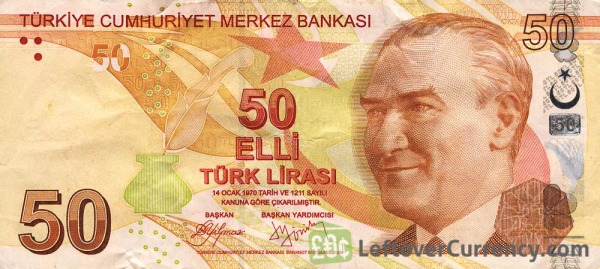Date first published: 26/06/2018
Key sectors: all
Key risks: banking crisis; lira depreciation; inflation
A common joke in Turkey is that the only opposition left to President Recep Tayyip Erdogan is the lira. Any hopes that the CHP and other anti-government parties could fill that function in the medium term disappeared over the weekend; but at least the lira remains. Results from the 24 June presidential election show that Erdogan won over 50 per cent the vote, securing re-election without the need for a second round. Importantly, the victory will lead to a change in Turkey’s political system – with the role of the prime minister abolished, and the president being granted more powers. The president now has the role to appoint ministers, make judicial appointments, and issue decrees. Erdogan’s power extends to control over the legislature, as the pro-government alliance won a majority of seats. There are some accusations of result manipulation, although the opposition has conceded defeat.
A core question following the election is the future of Turkey’s economy. Judging from growth indicators, Turkey has performed well over the last year. The economy expanded by 7.4 per cent in 2017 and continued to expand at a similar rate in Q1 2018. However, much of that growth has been driven by increased government spending, including US$63bln in guarantees for loans on infrastructure spending. This raises questions about the sustainability of continued rapid growth. There are signs that the economy is overheating. Inflation is now in the double digits and could increase further.
The lira performance has reflected concerns about the economy’s medium-term trajectory. By end May the lira had fallen against the dollar by around 17 per cent over the year. While the lira has gained slightly over the last month, it remains volatile and a threat to Erdogan’s ability to pursue his economic agenda. The fall in the lira is particularly worrying for the economy. On a sovereign level, Turkey remains stable, but its financial sector is heavily reliant on short-term capital inflows. Over the next year maturing external debt is around US$180bln (around US$100bln from banks, and US$65bln for the non-bank corporate sector) and will require around US$50bln to cover its current account deficit. Overall, Turkey’s 12-month external financing needs are around 30 per cent of GDP, against foreign exchange reserves of 10 per cent of GDP. In the short-term, top tier Turkish financial institutions remain stable – as external funding continues to flow in. The sector has been historically able to attract financing even in the event of a crisis.
Normally investors could rely on the actions of an independent central bank. However, the bank’s independence has been almost explicitly challenged by Erdogan. Many of his supporters claim that the fall in the lira is an ‘operation against Turkey by foreign power’, while Erdogan has repeatedly spoken out against the high interest rate lobby and, in a break with economic orthodoxy, has claimed that higher interest rates cause inflation. While the bank raised rates twice in May, and simplified the interest rate regime, it is far from clear that it has a free hand in designing monetary policy. Even if the central bank had the scope to act, there are limits to the extent that it can increase rates, as commercial banks are reliant on it for short-term lira funding and to lend long in liras. Their solvency could therefore be threatened by a large interest rate shock.



